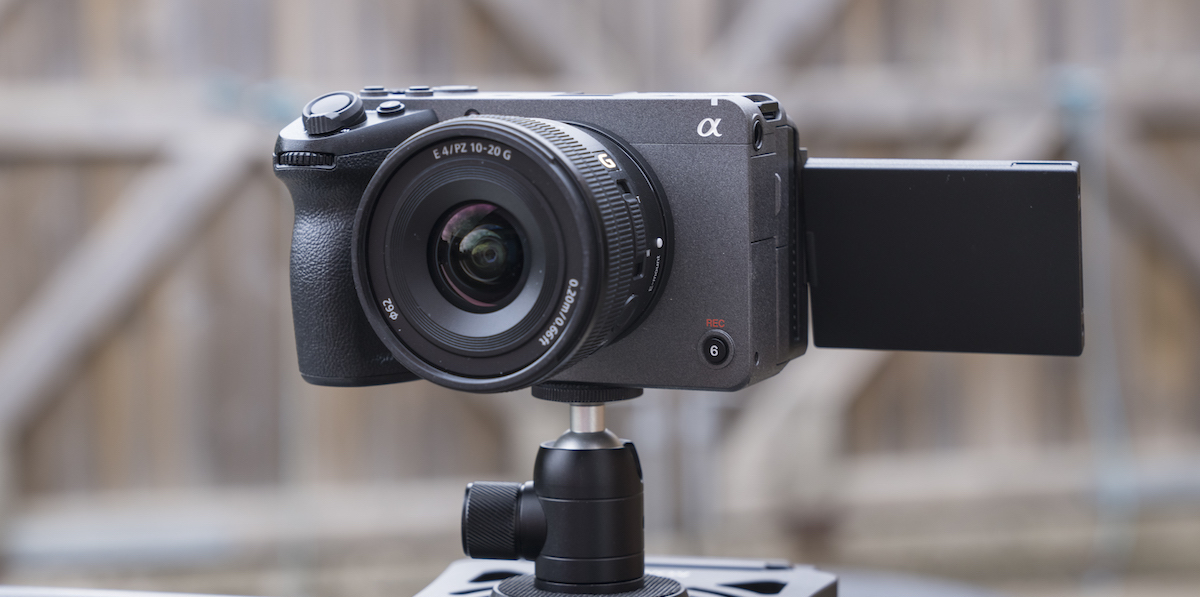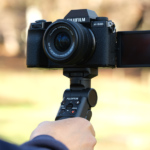
MINI TEST: Sony FX30
Posted on Nov 29, 2022
If you’ve dipped your toes in the videomaking water and liked what you found, the Sony FX30 may be just what you need
The term ‘hybrid’ has become common parlance in recent years. Used to identify models with strong videomaking credentials that are equally handy as stills machines, it may well be thrown around about Panasonic’s GH6 or Fujifilm’s X-H2S, among others. Stills cameras inform the design style of many of these models, but there’s a crop that look at the hybrid conundrum from the video side of the fence – and that’s where we find the Sony FX30.
At first glance, the FX30 seems familiar, but look closer and you’ll see 1/4in sockets on the top-plate for accessories and a very different button layout, both pointing to its intended use. Inside, there’s an all-new APS-C sensor giving you the capability to capture 26-megapixel stills, but which is really designed for 20.1-megapixel video with a 17:9 crop of the sensor. The video focus is underlined by some aspects of the stills spec – or lack thereof. There’s no AF tracking or continuous burst shooting, for example, nor is there an electronic viewfinder, external flash compatibility, uncompressed Raw file capability or AF illuminator. But five different stills modes remain, along with many parameters familiar to conventional Sony mirrorless users.
Let’s be honest, the FX30 is unlikely to be on your radar if you’re looking at a Panasonic GH6 or Fujifilm X-H2S. But if any future creative endeavours will be centred around videography, it should make your shortlist. Why? Because it’s an excellent camera with great filmmaking spec, holding its own against much pricier opposition.
Let’s start with the sensor, a back-side illuminated CMOS affair that records 4K oversampled from 6K.
The FX30 is capable of recording files in very similar codecs and frame rates to both the Sony A7S III and A1 flagship mirrorless models, yet it costs significantly less. Video can be recorded at 10-bit internally for the best quality, but can also output 16-bit Raw to an external recorder via the full-size HDMI socket. Internal recordings are written to a pair of CFexpress Type A slots, which also accept SD cards.
This Mini Test continues in Issue 102. Click here for the full article.
Don’t forget to sign up to receive our newsletter below, and get notified about the new issue, exclusive offers and competitions.
Have you heard The Photography News Podcast? Tune in for news, techniques, advice and much more! Click here to listen for free.




